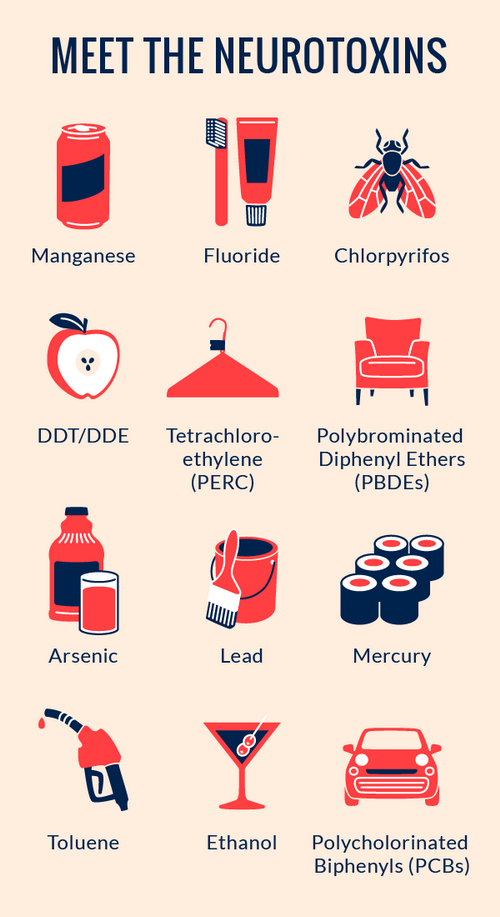The Weblog

This page contains news, event information, and other items added by Ian and Adam, the resident farmers at Old 99. We send out a message every week, but most are set with a delete date about two weeks later. I archive some of the posts if they have content other than weekly availability of produce and meat.
You can send me questions too, which if they are of a general nature, I can post to this Old99 blog.
Old 99 Farm, Week of Mar 23. 2014
This post expired on March 25, 2024.

My weekly advance notice of results in the greenhouse. Shows what you can learn if you keep on trying! I cover the beds in the greenhouses with lightweight ‘row cover’ as extra layer of insulation. It is slightly opaque, and just recently I found a site that does research on growing crops in greenhouses, low tech. I found that best practice is to uncover daily esp on cloudy days, and recover at nite, contrary to what I have been doing.
So, now I can say the growth has sped up and I have spinach, collards, arugula, kale and mizuna for sale this week. The new crops of collards, lettuce, arugula and kale are coming on faster too.
I’ll attach the available produce list to this email. I can include fresh ground whole wheat and spelt flour now.
The first chicken, duck and goose eggs went into the incubators this week. First order received for roasting chickens arrived on the weekend. Price still same as last year, till March 31st, then will increase 50c/lb. Please order in 5 bird increments. First birds will be available in July. These are Cornish Cross type of broiler, called White Rock, same as last year. They pastured well on the field behind the berry patch, no losses due to too rapid growth rate.
The Big Gulp on food integrity this week:

Philippe Grandjean, of Harvard Medical School, and Philip Landrigan, Dean for Global Health at Mount Sinai School of Medicine in Manhattan, announced earlier this year, to some controversy, in the pages of a prestigious medical journal that a “silent pandemic” of toxins has been damaging the brains of unborn children. The experts named 12 chemicals—substances found in both the environment and everyday items like furniture and clothing—that they believed to be causing not just lower IQs but ADHD and autism spectrum disorder. Pesticides were among the toxins they identified.
Landrigan and Grandjean’s real message is big, and it involves billion-dollar corporations and Capitol Hill, but it begins and ends with the human brain in its earliest, most vulnerable stages.
Their new study is similar to a review the two researchers published in 2006, in the same journal, identifying six developmental neurotoxins. Only now they describe twice the danger: The number of chemicals that they deemed to be developmental neurotoxins had doubled over the past seven years. Six had become 12. Their sense of urgency now approached panic. “Our very great concern,” Grandjean and Landrigan wrote, “is that children worldwide are being exposed to unrecognized toxic chemicals that are silently eroding intelligence, disrupting behaviors, truncating future achievements and damaging societies.”
The Atlantic Monthly author, James Hamblin, found that the real issue was not this particular group of 12 chemicals. Most of them are already being heavily restricted. This dozen is meant to illuminate something bigger: a broken system that allows industrial chemicals to be used without any significant testing for safety. The greater concern lies in what we’re exposed to and don’t yet know to be toxic.
Thus, non-genetic, environmental exposures are involved in causation, in some cases probably by interacting with genetically inherited predispositions. Strong evidence exists that industrial chemicals widely disseminated in the environment are important contributors to what we have called the global, silent pandemic of neurodevelopmental toxicity.
No parent can avoid these toxins—they’re in our couches and in our air. They can’t be sweated out through hot yoga classes or cleansed with a juice fast. But to whatever extent these things can be avoided without better regulations, it costs money. Low-income parents might not have access to organic produce or be able to guarantee their children a low-lead household. When it comes to brain development, this puts low-income kids at even greater disadvantages—in their education, in their earnings, in their lifelong health and well-being.
Hope I got your attention, you can read up on each toxin in the post at the Atlantic.
Healthy eating
Ian and Camelia